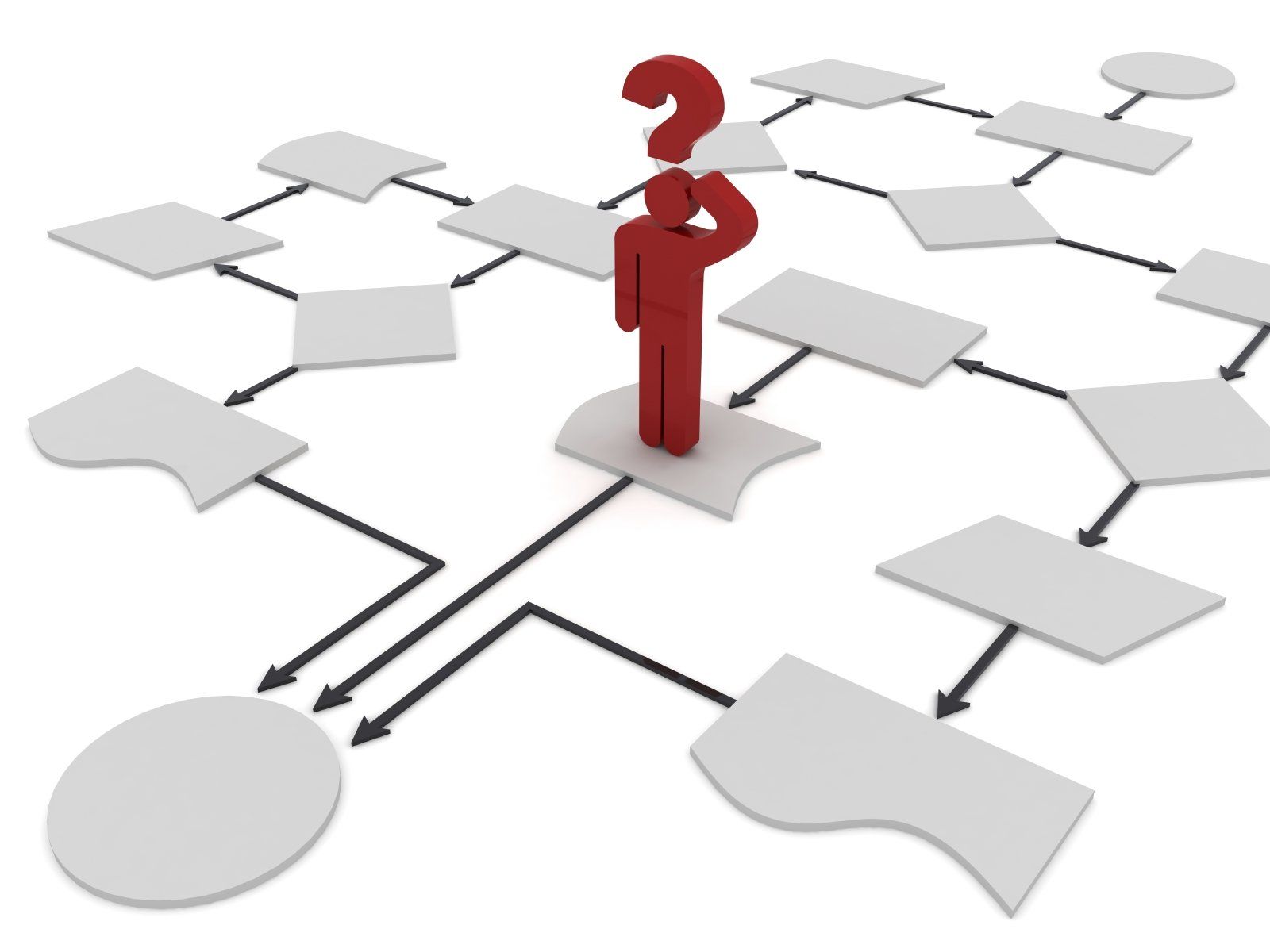


Narcissistic Personality Disorder Expert
No. 1 Bestselling Author
Narcissistic Separation and Divorce Specialist
Blog Layout
Practical solutions for communicating with a narcissist - Part 2
Dr Supriya McKenna
Welcome to Part Two of Practical Solutions For Communicating With A Narcissist.
In this post I look specifically at written communication from the narcissist and outline a surprising, but effective, tool to help you evaluate the narcissist’s messages.
As we discussed in Part 1 of this series, a narcissist’s style of communication, particularly when the narcissist has been ‘outed’, challenged, or abandoned, can leave one reeling in disbelief. It’s common for messages to be full of the following:
- Contradictions (even within a single message)
- Threats, which can be aimed directly at your Achilles' heel, or at the people you care about
- Character assassinations
- Unfounded accusations
- False justifications
- Blameshifting on to you or others
- False logic, or pseudologic, which often makes no sense, and can be used to justify certain behaviours
- Lying
- Rewriting of history
- Playing the victim
- Grandiosity (if the narcissist is an overt narcissist).
- Smugness and assertions of superiority.
- Controlling dictatorial orders
- Projections, where you are accused of doing or being what the narcissist is actually doing or being
- Shame dumping on to you or another person (a form of projection)
Narcissistic Personality Disorder results from the the way that the narcissist was brought up. It’s nuture, that formed the problem, not nature.
A large part of the development of the personality disorder happened even before the narcissist-to-be could even speak, resulting from the way in which the narcissist formed ‘attachments’ to his or her primary caregiver.
The future narcissist, as an infant, was forced to orbit around caregivers (parents) who were unreliable, abusive, absent or neglectful. Sadly, this failure to attach in a healthy way to a caring, loving, stable parent causes big developmental problems for the child, who never learns to connect healthily with others and fails to develop empathy.
Developmentally, all normal children go through an essential, healthy narcissistic stage, during which they are all about the immediate gratification of their own needs, and are unable to consider or see the needs of others. This stage normally lasts from birth to around the age of 7-9, when you will see empathy starting to develop in healthily attached children.
Tragically, for all involved, the narcissist never emotionally develops beyond the normal narcissistic stage of childhood, because the developmental foundations upon which the subsequent emotional stages are supposed to form are simply not there.
It’s not uncommon for people to refer to the narcissist in their lives as ‘Peter Pan’, or within marriages, as being ‘as emotionally needy as one of the kids’, and there is a sound developmental reason for this.
So, I’ll leave you with this one simple trick, as a first step, to help you to interpret any written communications you receive from the narcissist in your life (Part 3 of this series will give you further, more detailed methods).
Before reading written communications from a narcissist:
- Copy and paste the email or text into your word processor program and then
- Change the font into a five year old font (www.1001fonts.com have a variety of free children’s fonts to choose from).
Whilst this might sound frivolous, it is actually a remarkably powerful, visual way of reminding you of what you are dealing with. It takes the heat out of the situation, and helps you to see that replying in an in-depth way, as if you were dealing with an adult, may not be relevant or useful.
To illustrate, below is a genuine tweet from a well known alleged narcissist, in the changed font.
I do hope you'll join me for Part 3 of the series for more in depth communication tips to help when dealing with narcissists.

by Supriya McKenna
•
03 Aug, 2023
The word "narcissist" is ubiquitous, but are we using it correctly or is it just a buzzword? Expert Dr Supriya McKenna explains what real narcissism is Do you know a narcissist? If you think of your everyday acquaintances, who springs to mind as being a possible narcissist? Your housemate, who is too selfish and lazy to do her own washing up? Your sister, who has never left the house without full make up on? Your work colleague, who is obsessed with designer clothes? Your partner, who cheated on you? Your best friend, who insists on driving a sports car he can’t afford? That date, who ghosted you? But are these people actually narcissists? Well, maybe—but having these traits in isolation doesn’t tell us much. How to recognise a narcissist True "narcissism" is actually Narcissistic Personality Disorder (NPD), a real, diagnosable personality disorder, and there is a precise range of very specific behaviours that result from having it. These behaviours go well beyond being just mean, vain or selfish—undesirable and irritating though these are. "You (or someone you know) will definitely know a real narcissist—but it might not be who you think it is" As a society, we have collectively misappropriated the narcissist word—and in using it incorrectly we are downplaying the seriousness of what real narcissism (NPD) is. And worse, because of this, we are missing the true narcissists in our midst. Narcissistic Personality Disorder is estimated to affect up to one in twenty people, although exact figures vary. Each narcissist affects several people to some degree—their partners, children, extended family, friends, work colleagues and even their casual acquaintances. What is Narcissistic Personality Disorder? NPD is fundamentally a condition of low empathy, where the person has a very limited ability to step into another person’s shoes and feel their pain or joy (or any other emotion).This means that narcissists relate to people on a very different level to an empathic person. Essentially, they cannot deeply care about you, other than in the context of what you can do for them. Confusingly, narcissists are usually able to feign empathy. If we add this low empathy to another hallmark feature of narcissism, a sense of entitlement, you can see how narcissists are able to exploit people for their own gain.The narcissist you know may be exploiting different people for different things. They might be taking credit for other people’s work, using their partner as a domestic slave or provider of sex, and using their children as a way to gain admiration from others. "Narcissists are good at feigning empathy, but they cannot truly feel it" Narcissists see people merely as objects, and their exploitation of others often tips into psychological (and sometimes also physical) abuse. Are narcissists born or made? NPD is partly genetic, but it mostly results from how, as children, the person adapted to a difficult upbringing. As a child, the narcissist developed coping strategies which became "wired in". It’s this wiring that leads to the specific patterns of behaviour that adult narcissists exhibit. The vast majority of people with NPD cannot be cured, although a few specialised psychotherapists report some success. At the core of every single narcissist is a feeling of low self-esteem and shame. But these are feelings which a narcissist cannot bear, so they construct a false persona that they hold up to the outside world to hide behind. "At the core of every single narcissist is a feeling of low self-esteem and shame" This false persona is a shield. It protects the narcissist from feeling their true feelings—and it is very convincing to the onlooker indeed. But a narcissist’s protective false persona can only survive in the presence of external validation. "Narcissists need attention from others, at all times, preferably through admiration and adoration." In the absence of this, they secure attention by causing drama and conflict—and even by instilling fear into others. When a narcissist is getting enough attention their false persona is strong, and they can believe that they are special and unique. The most important thing to know about narcissists is that it is their desperate need to feel special that drives all of their behaviours, and that their need for attention (which is known as "narcissistic supply") is constant—their armour will crumble without it. Types of Narcissistic Personality Disorder There are four major types of false persona to look out for, which can overlap: The Exhibitionist Narcissist appears to be devastatingly charismatic, and may be clever, funny, or very sexy. They relish attention. The Devaluing Narcissist is openly toxic. They put people down in order to feel better about themselves through ridiculing, shaming, badmouthing and name-calling. The Communal Narcissist presents themselves as a do-gooder—needing to be seen by others as the most generous, most kind or the most caring. And the Closet Narcissist, the hardest type to spot, shies away from the limelight, but often associates with people who are special to feel special by association. They get their attention in much more sneaky ways than the other types of narcissist—often through playing the victim, and they appear quiet, shy and effacing. "But, regardless of outward type, all narcissists exploit others, and no matter how much love they receive, they cannot be "loved better". " Signs of narcissistic behaviour Telltale behaviours of narcissism "Love bombing" at start of relationships Repeating cycles of niceness and nastiness An inability to be alone Lack of deep, long term friendships Inability to take the blame or responsibility, blaming others instead An inability to apologise and mean it Violating boundaries Lying and gaslighting Episodes of rage Jealousy Accusing others of what they themselves are doing Moral hypocrisy Playing the victim Lack of empathy Entitlement Exploiting others Aggression (including passive aggression) Devaluing and badmouthing others (putting them down, ridiculing them) Manipulating and playing people off against each other Selfishness Conditional, shallow love A need to control others "Lying, gaslighting and manipulation are all hallmark traits of Narcissistic Personality Disorder " A true narcissist will exhibit nearly all of these behaviours and, the closer you are to them, the more of them you will see. But because they intersperse them with nice times, playing what I call "Nice Narcissist, Nasty Narcissist’" you are likely to find yourself sucked back into the relationship repeatedly. This is what real narcissism looks like, and it’s unhealthy, toxic and hard to escape from. But it’s not so hard to recognise—once you know what to look out for. This article originally appeared in Reader's Digest - you can read it here .










